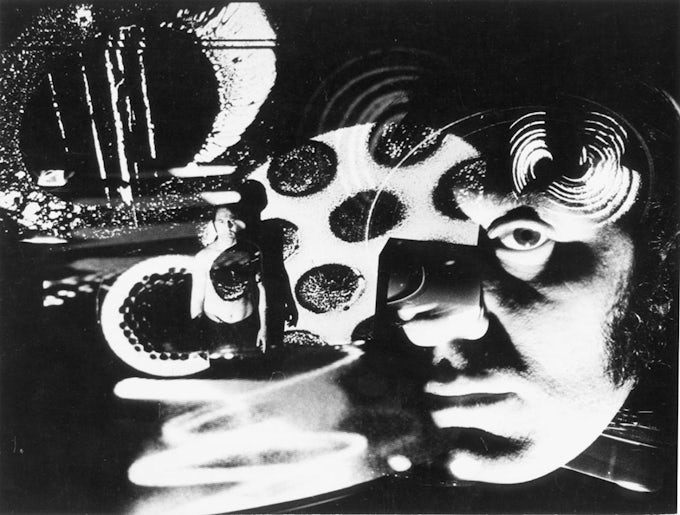Black Is… Unpacking Aldo Tambellini’s Radical Blackness

Matthew Barrington examines Aldo Tambellini’s engagement with Afro-American culture, in relation to his approach to abstraction, the non-pictorial and the anti-representational. For Barrington, Tambellini’s exploration of black both as a formal question and as a racial and political issue positions the artist ‘as an intriguing reference point for contemporary debates around the relationship between Blackness and experimental media arts despite him being an Italian-American artist.’



